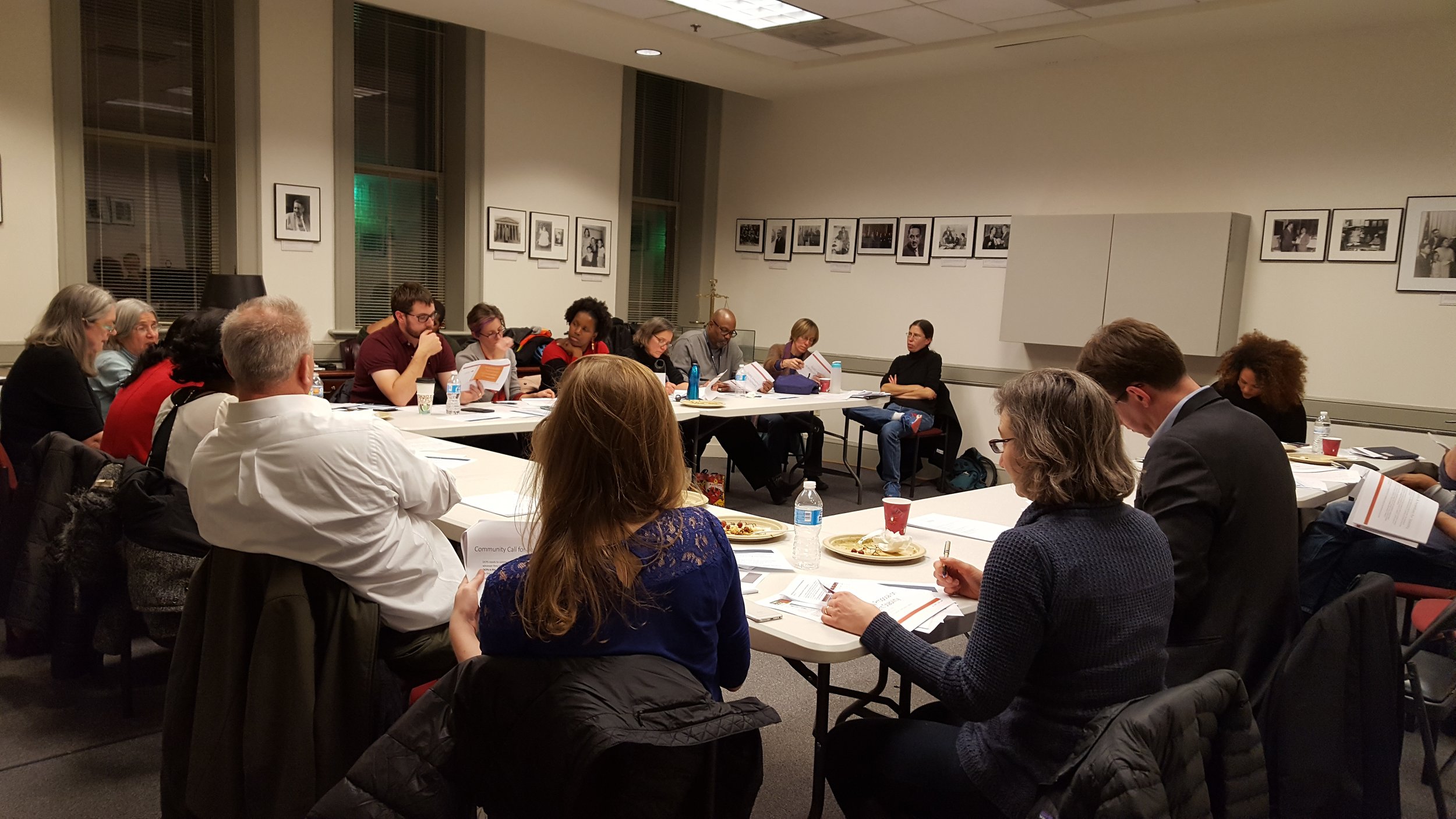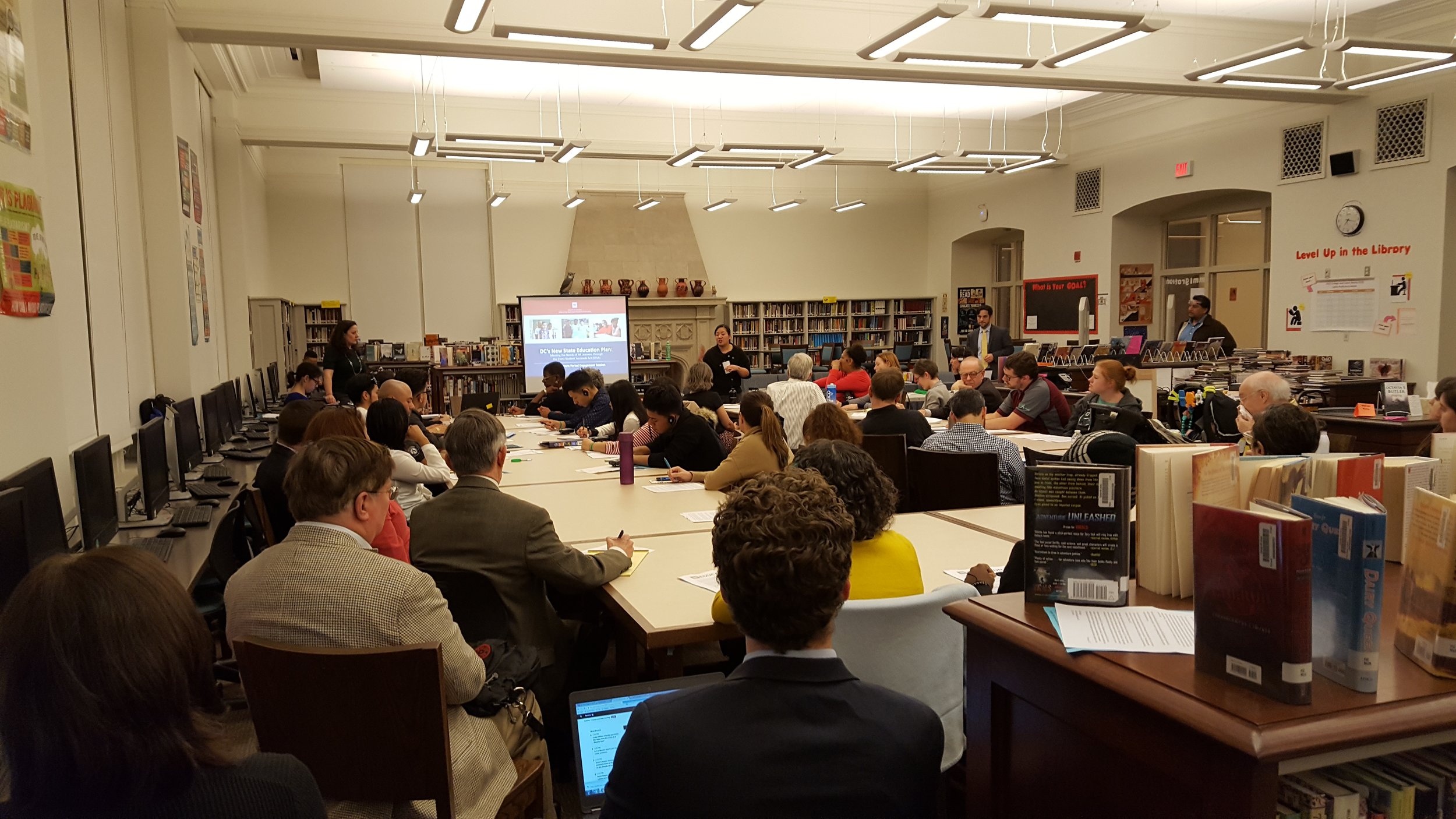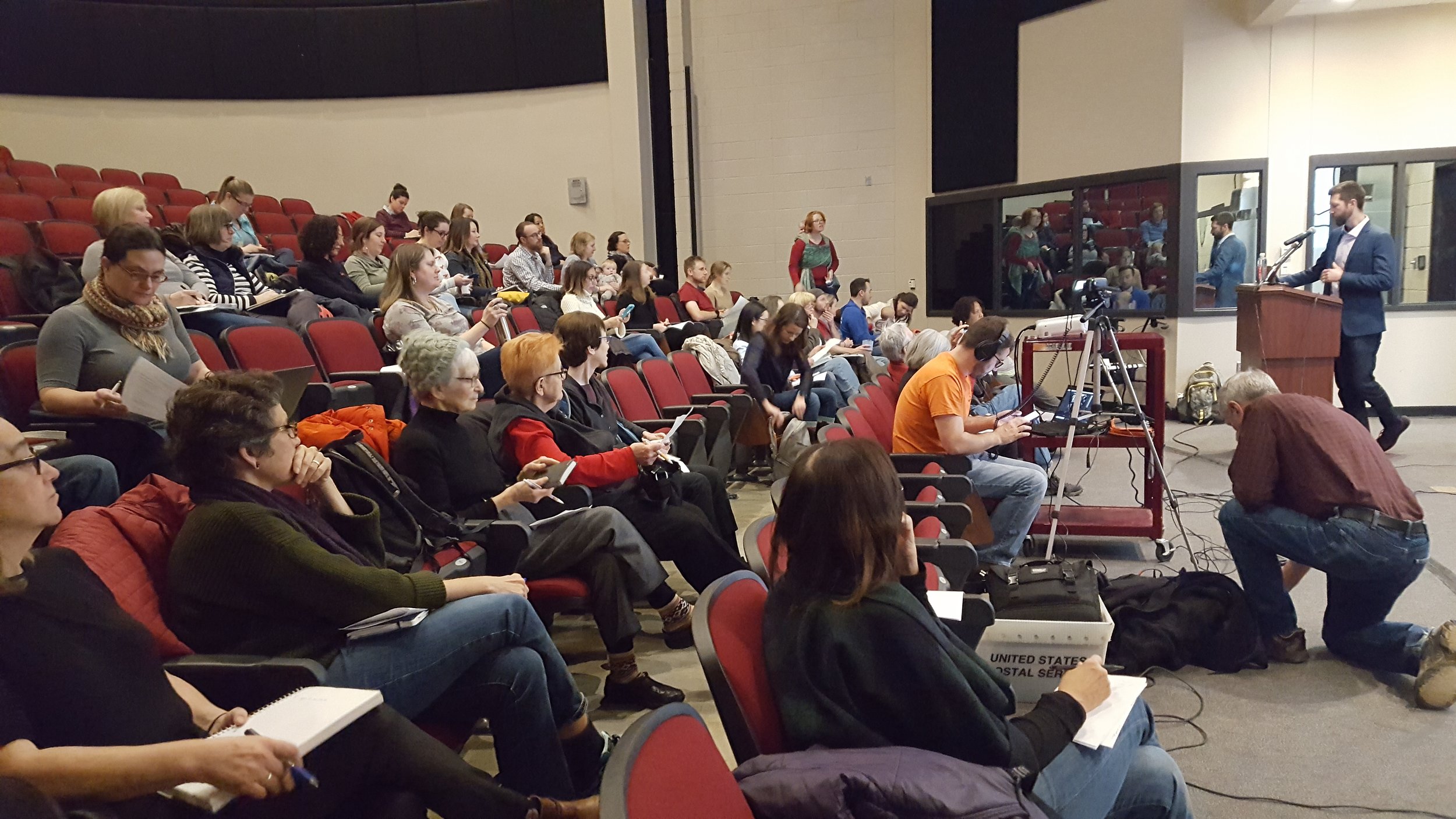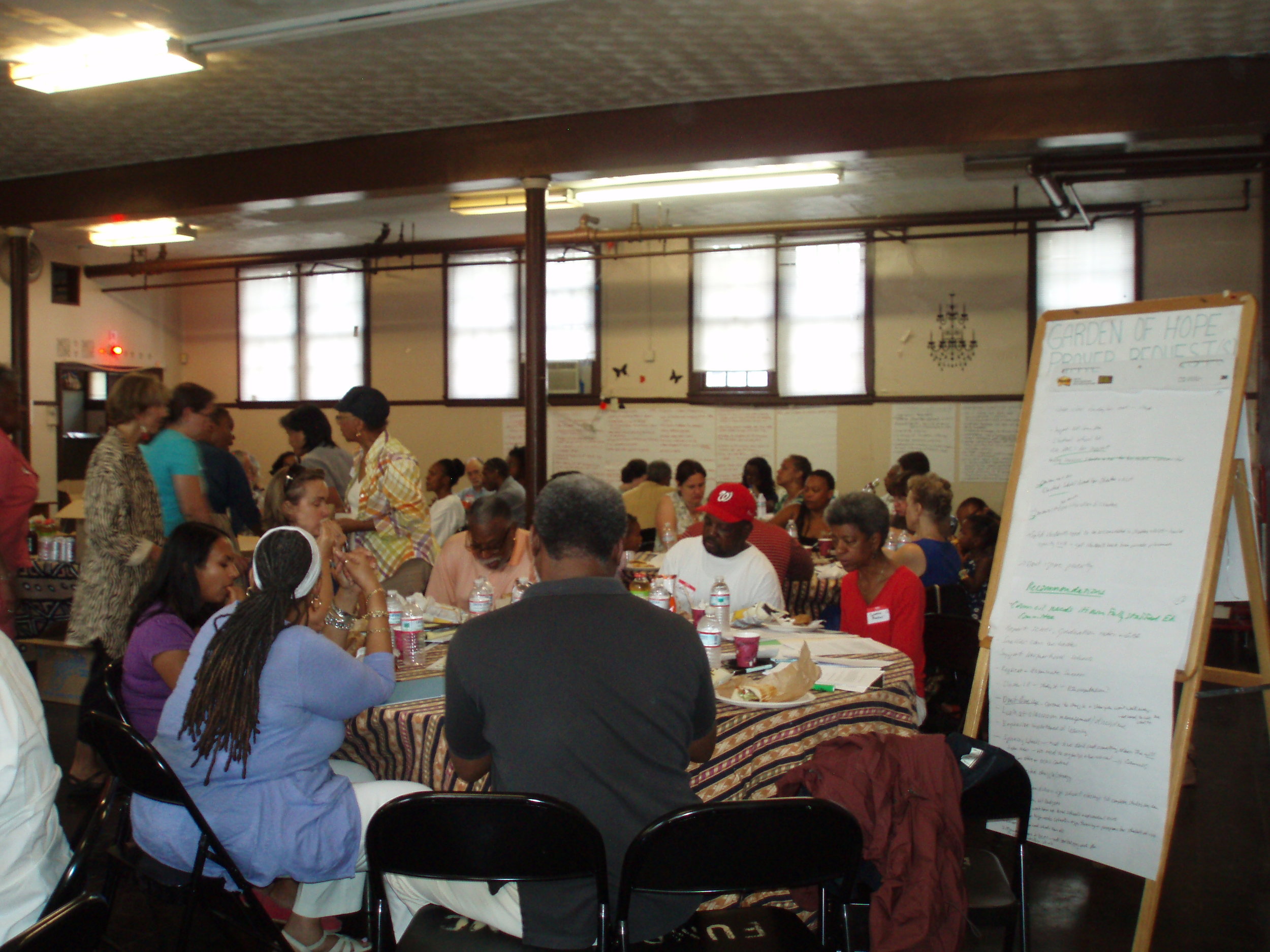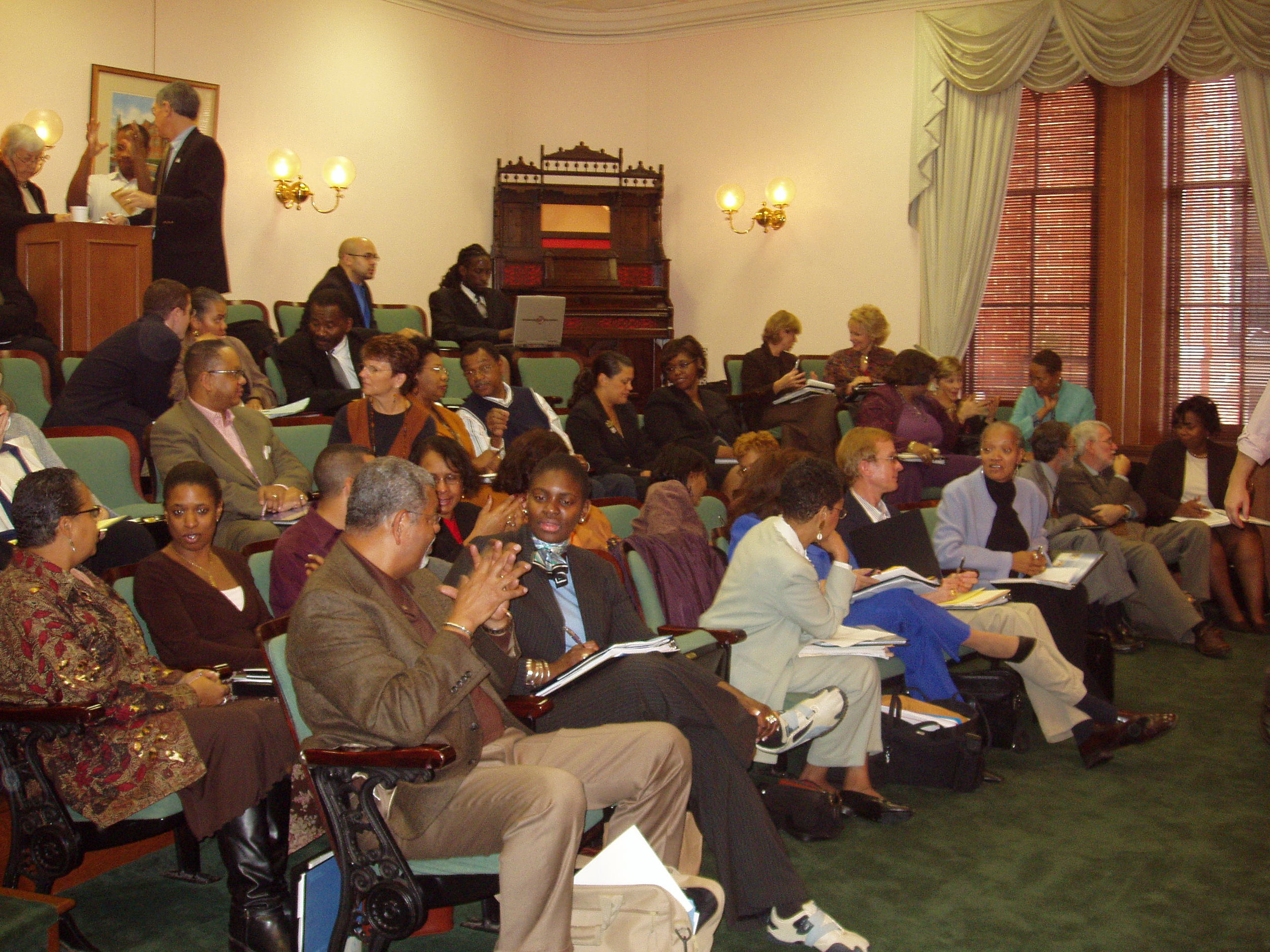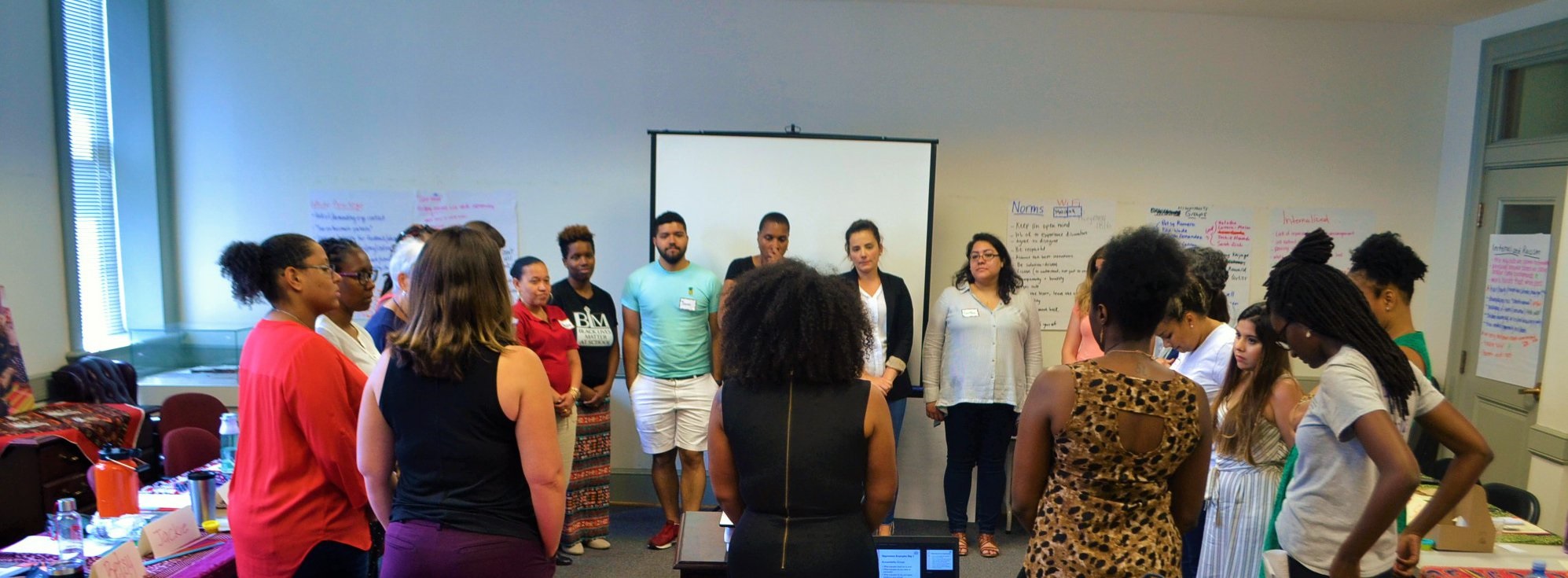Performance Oversight of DCPS before Council COW
/TESTIMONY BEFORE THE COMMITTEE OF THE WHOLE
DISTRICT OF COLUMBIA COUNCIL
Performance Oversight Hearing: District of Columbia Public Schools
Mary Levy March 2, 2022
DCPS performance has multiple aspects, but because budget drives so much of it, this morning I will testify only about local school budgets. I have worked on the methodology and analyzed DCPS local school budgets for about 25 years. For many years, including last year and this, many schools’ budgets have been unstable, inequitable, inadequate for what is expected of them, and hard to understand. The Mayor’s 5.9% increase for the UPSFF funding base seemingly presented the opportunity to change this – but the opportunity has not been taken.
Lack of stability: The problem is that many of next year’s local school budgets add up to less money than what schools actually have this year. When the Mayor and DCPS originally funded the current year’s budgets, the money was insufficient to maintain last year’s staff and other resources at many schools. Included was $24.8 million in Chancellor’s Assistance and Stabilization money, one-time only funds. Late in the process they compensated to some extent with $39.4 million in Covid recovery funds. Schools use Covid funds this year for costs like teachers, social workers, and supplies. Total local school budgets then added up to $851.6 million, including a one-time “fiscal cliff” of $64.2 million.
When DCPS says no school is losing money next year, this year’s base number includes their own one-time only funds but excludes Covid funds and librarians added by the DC Council last year. No Covid funds appear in next year’s budgets, and regular funds do not make up the difference for many schools: 61 of 116 schools are currently budgeted for less next year than what they actually have this year. The typical loss is about $250,000 or enough money for two teachers plus supplies. That is without inflation, which has to be taken into account to maintain stability.
When this year’s budgets are updated to next year’s prices, 76 of 116 schools have budgets insufficient to maintain existing staff and other resources. The typical shortfall is about $300,000. Moreover, $44.6 million of next year’s total funding for local schools (5.1%) is in one-time only allocations, threatening a repetition of school budgets falling from a fiscal cliff again in the year following.
Still, the FY23 budgets total $871 million, a $20 million increase over all FY22 funding. Why do so many individual school budgets fall short? One factor is surely the major inequity among schools in per pupil funding for general education.
Lack of equity: General education funding is that for basic school staff and programs serving all students, i.e., with special education, English Language Learner, at-risk & federal funding filtered out. It should be about the same per pupil with enough extra for small schools to ensure a full curriculum (“horizontal equity”). It is far from similar, and it appears to be getting worse.
When my analysis looks at schools of the same size, it finds differences of up to $5,000 per pupil in general education funding.
There are many more pairs of schools whose enrollment difference is in single digits but whose funding difference is $1,000 per pupil or more.
On top of this are stability problems in general ed funding per pupil—which does take account of enrollment decline. In the FY23 budgets, including Covid funds, 46 of 70 elementary, 6 of 8 PK-8, 11 of 14 middle and 10 of 20 high schools lost per pupil funding. And that is without the effects of inflation factored in.
Transparency: the mechanics. The FY23 “new model” blends four different ways in which each school’s allocation is determined, one new, and three used in the Comprehensive Staffing Model (CSM) for many years.
1) Student-based budgeting (SBB), new: Base amount of $5,973 for every student K-12 plus add-on percentages of the base amount applied for subgroups of students with extra resource needs, like PreK or special ed. Schools decide spending. 37% of the total.
2) Staffing ratios, old but much reduced: staff positions assigned per school like principals and librarians or by numbers of students like a teacher and aide for every 20 PK4 students or a middle school counselor for every 400 students. Required staff. Now 41% of the total
3) Special programs and “specialty school payments,” which go to 65 of 116 schools plus “grants” for supplies & other NPS. Mostly a continuation of prior years’ practice. Setting aside federal funds, 15% of total.
4) “Stability” meant to ensure minimum resources at smaller schools and protect against effects of enrollment and program change. Four different categories, criteria unknown. Schools decide spending. 5% of total funds.
Special education, English Language Learners, at-risk and early childhood are funded with a combination of assigned staff and SBB add-on amounts that are supposed to be used for those populations
In sum, the Mayor’s 5.9% increase to the UPSFF base probably offered opportunities – unfortunately not taken -- to solve three big problems with local school budgets: First, give schools enough money to prevent their having to cut staff and other resources to keep up with rising costs. This did not happen for a majority of schools..
Second, correct the big differences among schools in per pupil spending for General Education by leveling up the lower funded schools. But next year’s budgets are actually worse with contrasts between similar size schools rising to as much as $5,000 per pupil
Third, stop the historical diversion of at-risk funds from extra services for at-risk students to basic general education program in many schools, which particularly affects schools with high numbers of at-risk students. With many schools suffering cuts in general education, that they will have to use their at-risk funds for functions such as music, art, attendance counselors, office staff, continuing to cheat at-risk students of extra services to which DC law entitles them.

